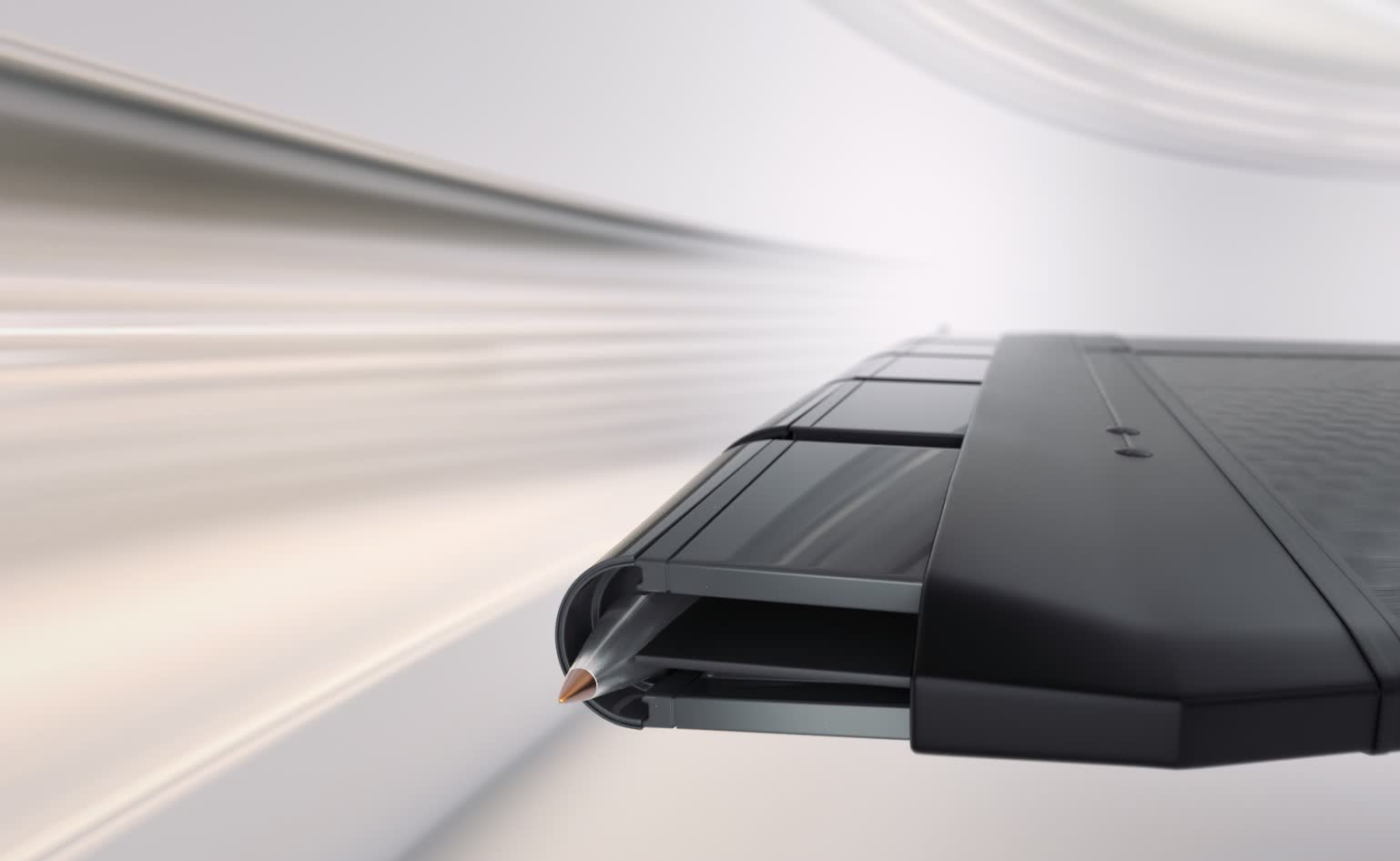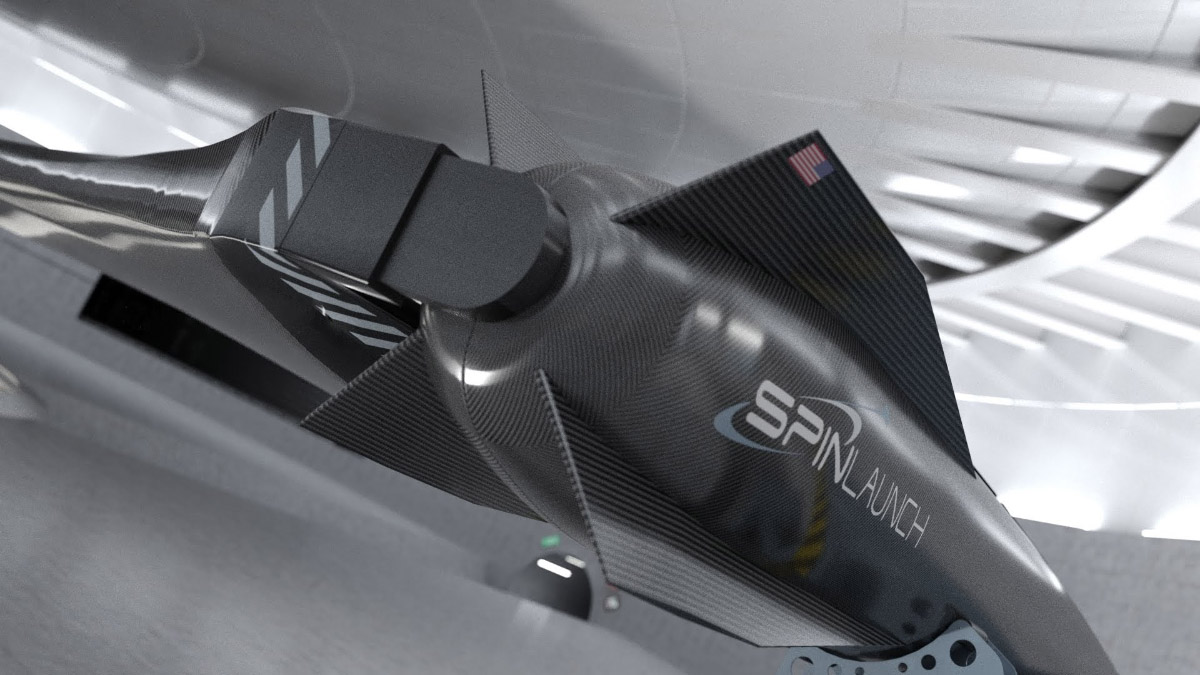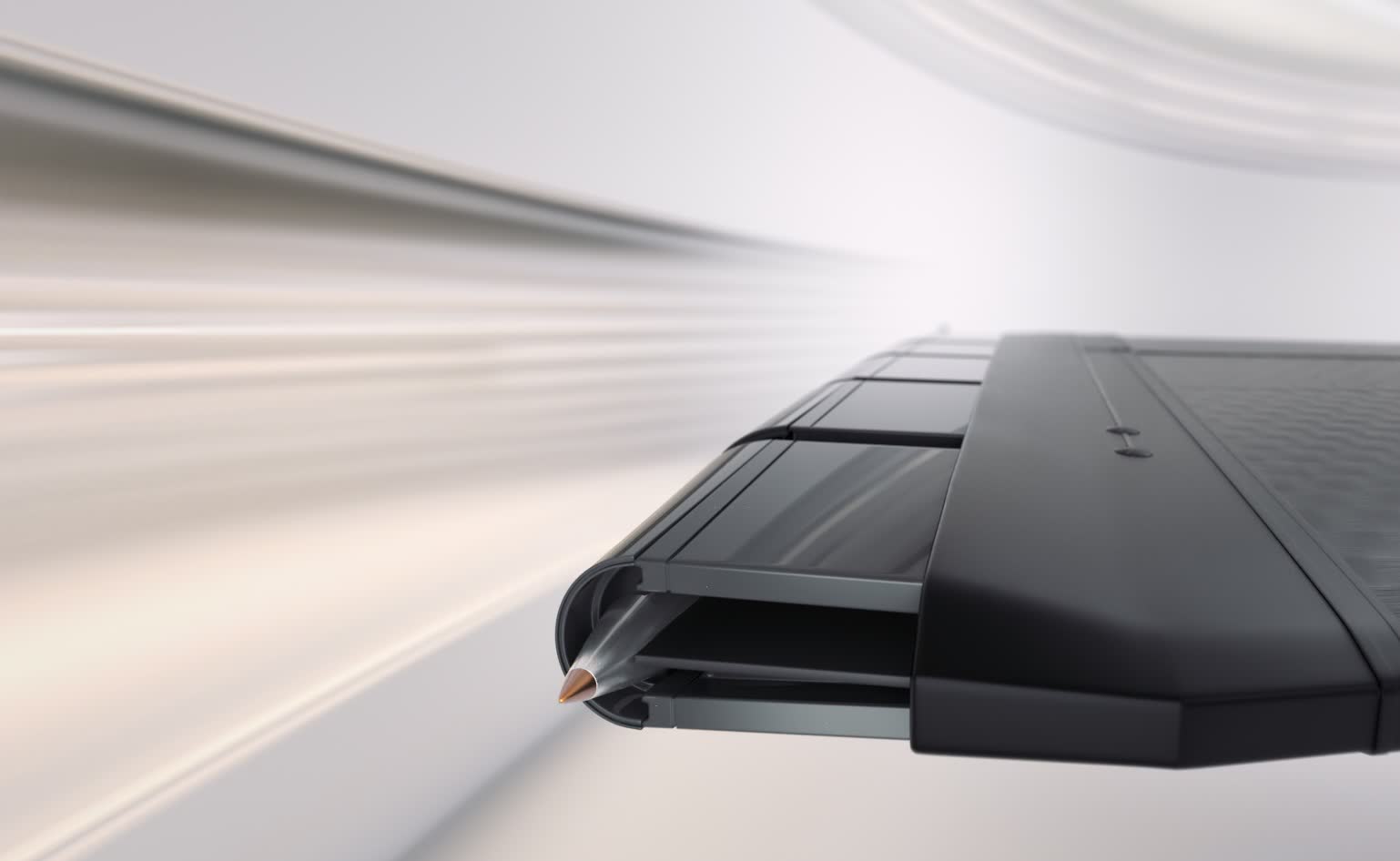
How Exactly Does SpinLaunch’s Orbital Accelerator Work?
SpinLaunch is working towards becoming a revolutionary private company within the space industry. Thanks to new and improved technology, launching rockets with an orbital accelerator is within reach. SpinLaunch is working towards this goal to lower costs, speed up launch time, and increase our overall access to space. However, this brings up the question of how an orbital accelerator even works.
SpinLaunch’s orbital accelerator is a ground-based, electric-powered kinetic launch system. The main components of the orbital accelerator include a large vacuum chamber, hypersonic tether, release mechanism, and launch tunnel. While there are many additional parts that go into the accelerator, these are some of the most key components.
All of these different parts work to send the rocket through the atmosphere at thousands of miles per hour when released. In order to get so much speed consistently and safely, SpinLaunch had to innovate and create a lot of unique technology. While the private company has yet to build a working orbital accelerator, they have done tests with a sub-orbital version and have an ambitious plan in mind.
Why Is This Process So Complicated?

One of the reasons we are just now seeing this unique way of launching rockets is because of the problems and complications of using an orbital accelerator. Only recently thanks to many different technological advances are we able to work on and test this way of launching rockets. In the past, something similar was attempted with a project called HARP. HARP stands for High Altitude Research Project and it was used to study and test launching projectiles high into the atmosphere and even space. They did this with a very powerful gun and were semi-successful in reaching extremely high speeds. However, this was more than 50 years ago with very limited technology compared to now.
The current technology companies such as SpinLaunch have access to are able to solve the long list of problems presented when creating an orbital accelerator. One of the major complications is the stress on the payload and rocket. From start to finish the launch vehicle goes through an immense amount of stress. This includes thousands of Gs and thousands of degrees Fahrenheit. This is thanks to the fast spinning and the high speeds through the atmosphere. SpinLaunch mentioned that technology such as advances in carbon fiber has made an orbital accelerator possible. The lighter weight along with the strong properties can withstand the forces applied. This includes the high temperatures as well when flying through the atmosphere.
How Does An Orbital Accelerator Work?

Vacuum Chamber – The first main component of an orbital accelerator is the vacuum chamber. Getting practically all the air out of the chamber is essential for a successful launch and release of the vehicle. The vacuum chamber consists of the entire inside where the tether, launch vehicle, and other components are installed. The walls of the chamber are made of a thin metal along with a welded steel roof. These need to be capable of withstanding a large number of forces through the spinning and launching process. The vacuum chamber maintains a low pressure throughout the launch process. This is required for the high-speed operation of the tether.
One of the most important parts of the vacuum chamber is minimizing aerothermal heating. With the tether and launch vehicle spinning at immense speeds it would create a lot of heat if the chamber was pressurized. Similar to when the launch vehicle is released and is instantly exposed to high temperatures. The heat produced inside the chamber could easily damage the orbital accelerator if not controlled. The orbital accelerator is expected to take 1 hour for a full pump-down prior to launch. The vacuum chamber is also the primary housing for the orbital accelerator. It will likely be angled below 90 degrees for an optimal launch when attempting to reach orbit.
Hypersonic Tether – The next component of the orbital accelerator is the hypersonic tether. This is a long and thin structure that holds the launch vehicle and spins to reach the necessary speeds. At the very center of the orbital accelerator, the tether is connected and gimbaled to the structure. Underneath the vacuum chamber SpinLaunch is using multiple electric motors to power and spin the tether. The tether will be made out of a very high tensile strength composite. As I mentioned prior the entire structure goes through a lot of stress including the tether. This means a very strong material is needed for the construction. The hypersonic tether is expected to have a 450 RPM rotation launch speed. This will help send the launch vehicle into the atmosphere at over 5,000 miles per hour. The hypersonic tether takes up about 3/4ths the diameter of the vacuum chamber. On one side it extends all the way to the wall where it holds the launch vehicle. On the other side, it partially extends to help with momentum and the spinning process.
Release Mechanism – Then there is the release mechanism. This is positioned at the very end of the tether where it holds the launch vehicle in place. SpinLaunch had to ensure the release mechanism was extremely strong and accurate. The strength is necessary for the violent spinning process and accuracy is needed for timing the release perfectly. With the tether and launch vehicle spinning so fast the timing of the release needs to be perfect with practically no room for error. If it were to release at the wrong time it would easily destroy the entire orbital accelerator. For this reason, SpinLaunch has some advanced systems in play to avoid any issues. Specifically, SpinLaunch has a fail-safe mechanical separation system with an actuation accuracy of less than 1ms. This ensures that the orbital accelerator either launches the vehicle correctly or doesn’t launch it at all.
Launch Tunnel – The final major component of the orbital accelerator is the launch tunnel. This is the section of the accelerator that straightens out and provides a runway from inside the structure outside into the atmosphere. While it sounds like a simple part of the accelerator there are actually a lot of factors to consider. One of the first is the pressurization or lack thereof inside the structure. As I mentioned prior the entire orbital accelerator is vacuum-sealed and depressurized to help with the spinning and launch process. SpinLaunch needed to make the launch tunnel closed off for a vacuum seal but easy for the launch vehicle to escape without losing energy or power. To do this they cover the exit of the tunnel with brittle material that is strong enough to hold during the vacuum but easily ignored when the launch vehicle flies through it. Additionally, the launch tunnel will have a high-speed mechanical airlock, along with sonic dampening baffels. This helps the launch vehicle have a smoother transition between the vacuum within the accelerator and the atmosphere outside.
Conclusion
SpinLaunch is working on multiple very unique and innovative projects for the future of the space industry. With a future goal of an operational orbital accelerator, we could see consistent launches into space without using any propellant. The orbital accelerator is mainly composed of 4 main parts. These include the vacuum chamber, hypersonic tether, release mechanism, and launch tunnel. All of which work together in a coordinated harmony to spin and launch a rocket thousands of miles per hour through the atmosphere and almost into orbit. If successful this would help reduce costs to launch cargo into space and increase our overall access to space. We will have to wait and see how the project develops and any changes SpinLaunch makes to the design.
